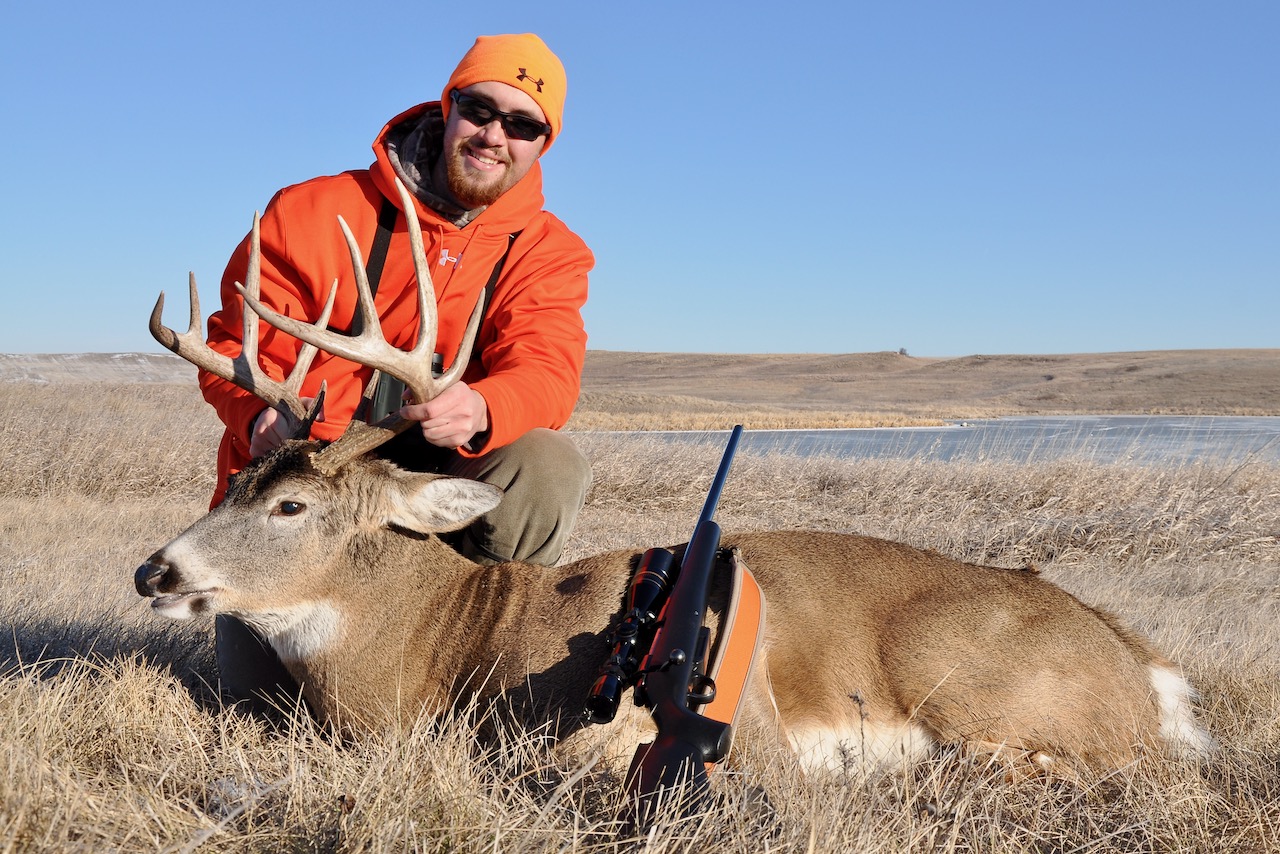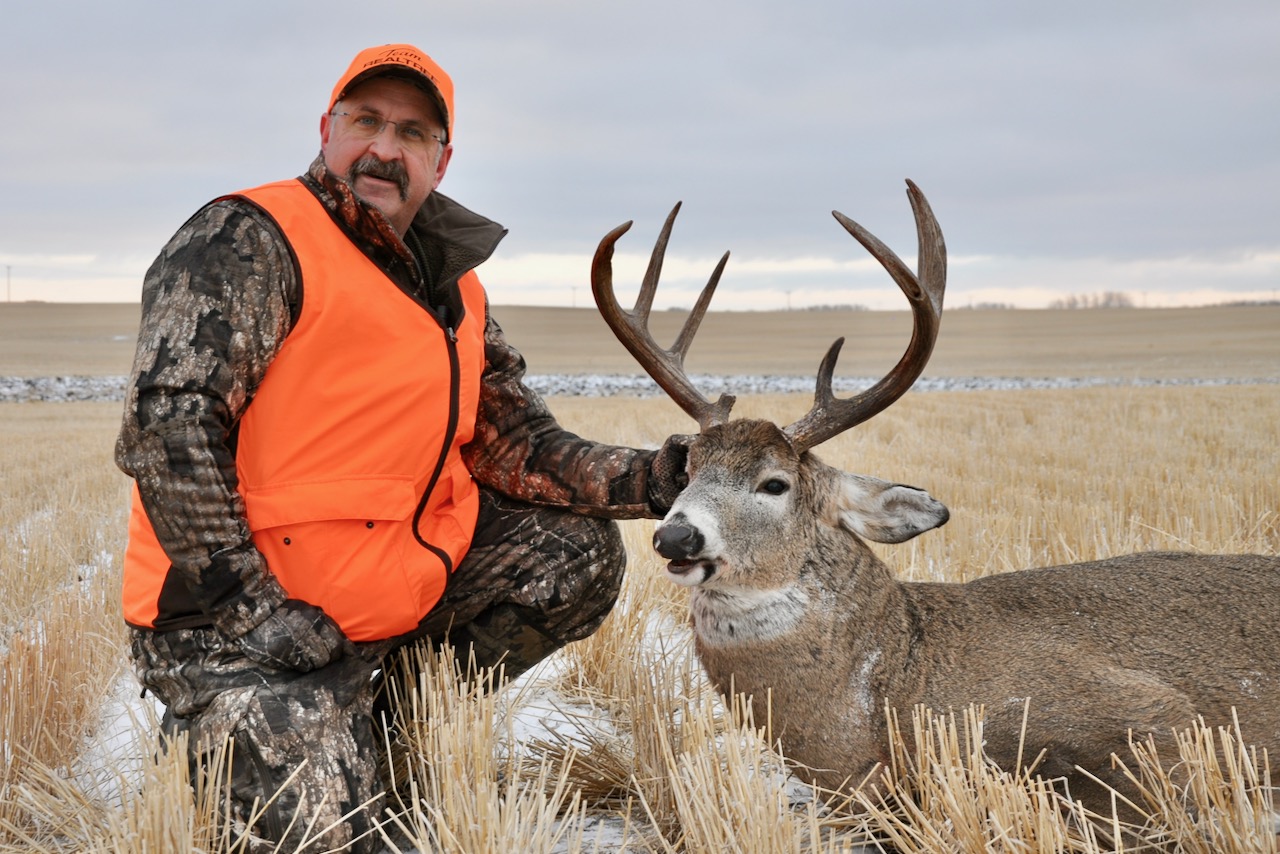HOME ON THE RANGE
For a unique and challenging hunt, set your sights on the giant whitetails of the Prairies
Advertisement

STILL-HUNTING
If your early-morning spotting session doesn’t produce a shooter to stalk, your day of hunting is far from over. Now it’s time for the boot-leather option—tighten your laces and start walking through cover in the hopes of pushing up a big buck. Whitetails on the prairies often bed in surprisingly sparse cover, and they have nerves of steel, so you basically have to step on one before it busts out. That can lead to some exciting close-range shooting action.
Some of my favourite areas to walk are grassy ravines, meandering creek beds and long runs of short willows. I prefer those areas over old farmyards and wider expanses with tall cover; since deer may not flush until the last minute, the sparser, lower cover makes it easier to see them. Plus, you can occasionally spot the deer first, preparing you for a flush. You can sometimes even sneak in close, then wait for the deer to get up on its own.
Advertisement
As you walk, it’s best to keep the wind in your face or quartering away over your shoulder. Stop periodically to check the area both directly in front of you and further out. Don’t expect to see an entire deer—the chances are you’ll only spot a portion of the buck, such as a section of its horizontal back, or its antlers, head or ears sticking above the cover. And don’t be surprised if you also flush birds or small game, which can certainly get your blood pumping.
When you’re standing still and scanning an area for deer, also keep an eye out for safe shooting lanes, should a deer jump up. Take note of any farm equipment, buildings or roadways, since any shots towards those obviously can’t be taken. And if you’re hunting with partners, always be aware of where they are situated.

